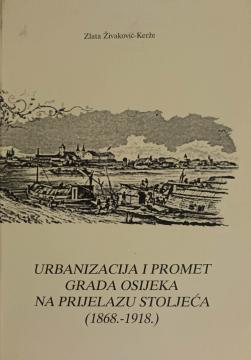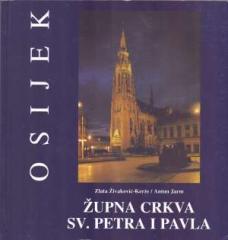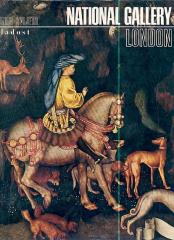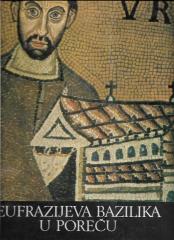
Urbanizacija i promet grada Osijeka na prijelazu stoljeća (1868.-1918.)
The book deals with the economic and urban development of Osijek during the key period after the Croatian-Hungarian Settlement until the end of World War I.
Osijek, as the center of Virovitica County, experienced significant progress due to its geographical position at the crossroads of Slavonian-Hungarian roads and railway routes. The book analyzes in detail the development of transport infrastructure, including the construction of the Osijek–Zagreb–Rijeka railway, bridges over the Drava River, and regulation works on the river, which facilitated trade and economic development. Special attention is paid to the urbanization of the Upper Town, where significant buildings such as the parish church of St. Peter and Paul (1894-1899), the County Palace, and the Croatian National Theater were built, reflecting the historicist and Art Nouveau styles. The author emphasizes the role of the German community and other ethnic groups in the economic and cultural life of the city, with an emphasis on banking, crafts, and industry. The book also describes the modernization of the water supply and sewage system, which made Osijek a modern city. This work, based on archival sources, provides a comprehensive overview of the transformation of Osijek into the economic, administrative, and cultural center of Slavonia.
Two copies are available





